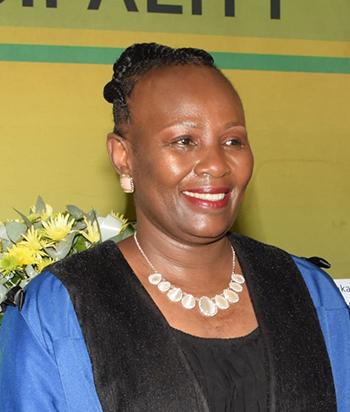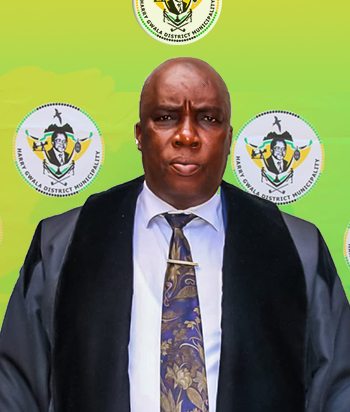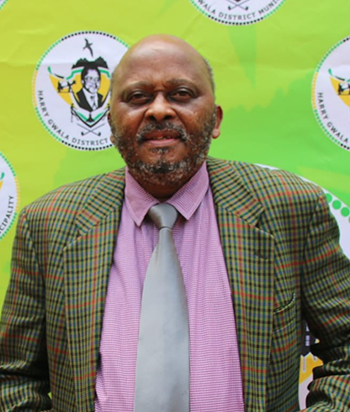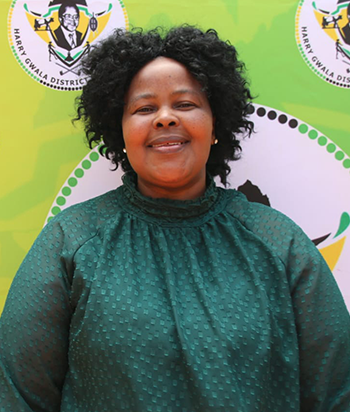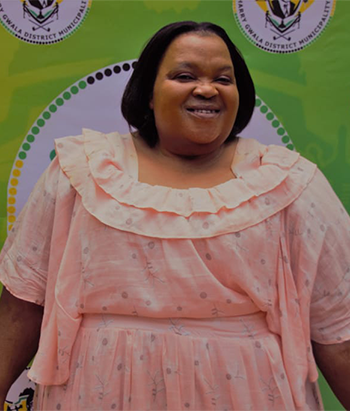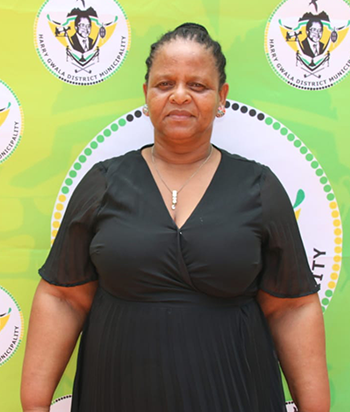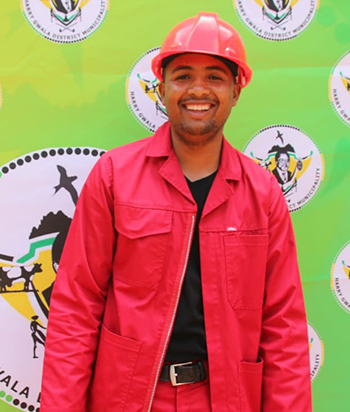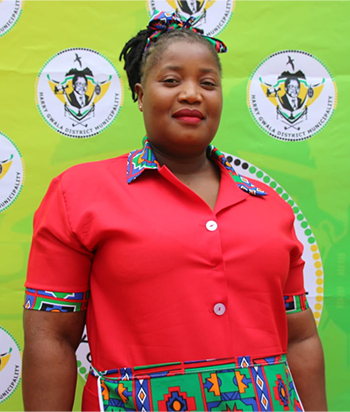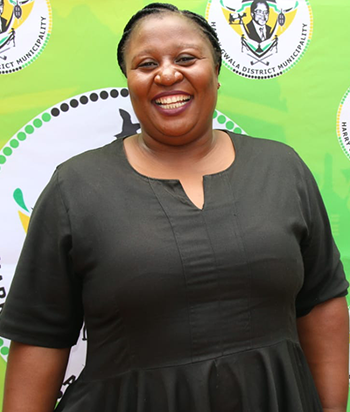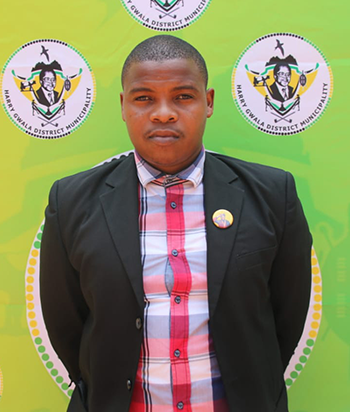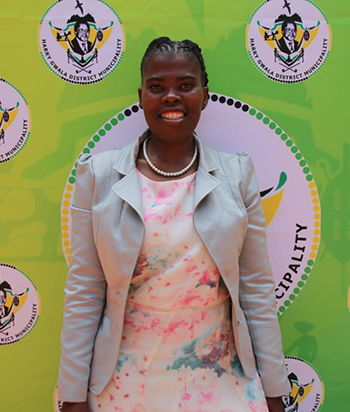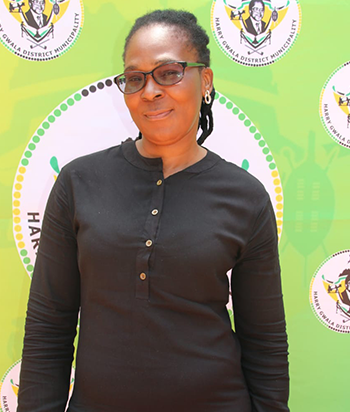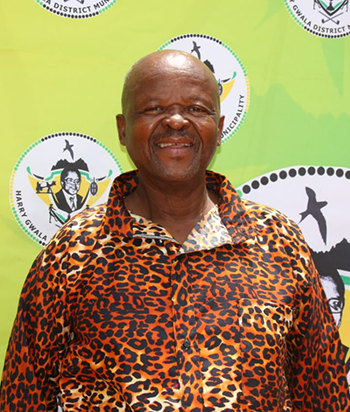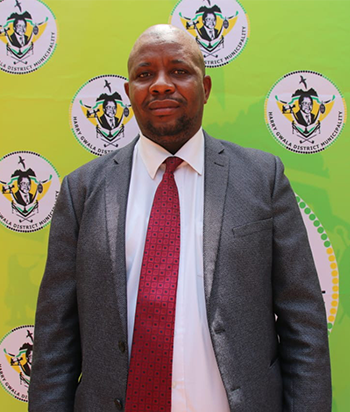Wildlife
uKHAHLAMBA DRAKENSBERG PARK MOUNTAINS - WILDLIFE
The Drakensberg has a diverse population of birds, mammals and reptiles. The more common larger mammals that can be found are mountain reedbuck, grey rhebuck, grey duiker, eland, klipspringer, bushbuck and oribi.
The main predators in the Drakensberg are leopard (found in very small numbers)black-backed jackal, caracal, serval, clawless and spotted neck otter, various species of mongoose and genet. Troops of chacma baboons, porcupines and colonies of rock hyrax are also found throughout this mountain park. The Drakensberg is home to over 300 species of birds. Thirty two of the species are endemic to Southern Africa.
Some of the specials that can be found are wattled crane, cape vulture, bearded vulture, orange breasted rockjumper and yellow breasted pipit. The Drakensberg is also home to 25 species of amphibians, 18 species of lizard (six of which are endemic) and 21 species of snake.
Birding
The birds of KwaZulu-Natal (KZN) are probably the best known in Africa. Many of the early birders worked here, the reason that more than a few African birds have natalensis as the second half of their scientific name. KZN has a long bird list, about 470 species being regularly recorded, and another 200 less regularly. This diversity reflects the number of habitats in KZN
The coastal plain is influenced by the warm Mozambique current, with the result that a number of tropical birds push to their southernmost extremity there. Some of these are species absent from the rest of South Africa. Other tropical species spread south on a broader front, sometimes occupying the whole of KZN. None of these is a South African endemic, but a few are endemic to the coastal plain, just extending into Mozambique.
Many are breeding migrants, retreating to equatorial Africa in winter. The KZN interior is structurally diverse - forests, woodlands, grasslands, wetlands - although these habitats are not unique to KZN. Here the tropical birds mingle with species spreading from the western half of southern Africa. These latter are year-round residents, although some migrate short distances to lower altitude in winter. Most of the widespread species come from the southern and western Cape.
KZN’s alpine species are a mixture of Karoo birds at their easternmost limit, and species confined to high altitude. Many of these are endemics. A number of north-western KZN birds are more typically associated with the Kalahari or highveld.
Much of the diversity of KZN is accounted therefore by its unique position at the crossroads of two, and by some definitions four avifaunas.
It also receives a substantial proportion of the Palaearctic migration that graces Africa each summer. One consequence of KZN’s crossroads position is that no species is endemic to the province. The importance of KZN in conserving South Africa’s birds is reflected in the number of Red Data species present. Of the 62 species currently listed, 49 occur regularly in KZN, and KZN makes a major, or the only contribution towards the conservation of 26 of them.
Flora
The landscapes of this region are spectular, from the Usutu river on the Mozambique border in the north, to the Umtamvuna river on the border of the Eastern Cape in the south; from the Indian Ocean on the east to the Drakensberg, the highest mountain range in southern Africa on the west. Within 160 km the topography ranges from sea level to over 3000m, with moisture catching escarpments deeply incised by rivers , more rivers than any comparable area in southern Africa.
The warm Mozambique current brings sub-tropical conditions to the northern coastal areas, whereas frost and mist can be found in the Natal midlands and snow and ice on the mountain peaks. Rain falls mostly in summer.
The plant life matches this varied landscape with its richness and diversity of species, from the sub-tropical abundance of the swamp forests, the mangroves and some of the highest forested coastal dunes in the world, to the evocative dry sandforest and bushveld, lakes and wetlands, grasslands, mistbelt forests and to the montane species clinging to the slopes of the Drakensberg. The flora of KZN is rich from several perspectives. It is home to over 6 000 vascular plant species and 1 258 genera (70% of the genera in southern Africa).The region is home to almost two thirds of South Africa's tree species--over 750 species. It has 11 times as many tree species as the whole of Europe.
Approximately 16% of the flora is endemic and 11% is rare and threatened. Southern Africa* has the highest known concentration of threatened plants in the world (Hilton-Taylor 1996) and is the most species-rich temperate flora in the world with over 24 000 species. (*The area to the south of the Kunene, Okavango and Limpopo Rivers excluding Mozambique.)
(With thanks to Elsa Pooley's Trees of Natal and Rob Scott-Shaw's Rare and Threatened Plants) In the many protected areas in KwaZulu-Natal are to be found pristine examples of these plant communities, from the Themeda and Festuca grasslands of the Ukhahlamba Drakensberg Park to the huge canopy trees of the Ongoya and Nkandla forests, from the Acacia savannahs of Zululand with their fever trees and umbrella thorns to the Lala palm covered coastal plains of Maputaland with ancient dunes greened with sandforest and wetlands holding vast reedbeds and primeval swampforests. In these areas are wonderful and rare plants, some with strange growth forms, others with brilliant flowers in colours that overwhelm the senses. A floral kingdom that has to be experienced!
Bats
How many visitors to EKZNW parks realise that they are surrounded by fascinating animals that represent a quarter of the world’s mammal species but are rarely seen, and even more rarely feature on the park’s species list?
Bats are among the most misunderstood and feared animals on the planet, they are surrounded by a tissue of untrue myths and folkloric beliefs. Bats do not get caught in your hair, stick to your skin, chew your toes, cause strokes, or suck blood and no bat is blind, they are very clean little animals, all have eyes and can see much better than we can at night. Fruit bats can even see colour at night.
In South Africa we have 56 of the world’s 1,011 bat species, 27 species can be found in KZN and three of our KZN bats, the Trident bat, the Large-eared free-tailed bat and Rendall’s serotine are specially protected on the same schedule as the Black Rhino.
Bats live a very precarious existence, most bats have just one pup a year and 70% of those pups do not make it to adulthood. It is a very difficult in the space of a few weeks to grow to your mother’s size, learn to fly and hunt and catch enough food to grow strong enough to weather your first lean winter months. Bats that do get through their first year go on to live incredibly long lives for such small animals; bats have been recaptured as long as 37 years after first being banded.
Insectivorous bats are the main predator of night flying insects, each bat must eat up to a third of its body weight a night, that in the case of a little free-tailed bat means around 4 grams of insects or about 2,000 mosquito sized insects every night. Large colonies of bats consume literally tons of insects in a year. Studies are showing that close proximity to bat roosts can save farmers thousands of Rands a year as the bats predate on crop pests. Even fruit bats, long persecuted by our fruit farmers, have been shown to be beneficial to the farmer and not a pest. Farmers pick fruit before it ripens so as to get it to market in good condition, fruit bats will only eat ripe fruit so they clean up the orchards, eating fruit that has been missed by the pickers and thus removing the breeding ground of fruit flies. Many enlightened farmers are now reinstating bat habitat or putting up bat boxes to attract bats back to their farms.
Fruit bats are vital to our planet, they are the propagators of 95% of rain forest tree species, and without rain forests our planet would be as desolate as Mars or the moon. Birds sit in a tree and eat the fruit, dropping the seed to the dark forest floor below where no sun penetrates to allow germination, only fruit bats take seed away from the parent tree and either spit it out or defecate it as they fly over open cleared areas. Fruit bat propagation can be seen at work in the Greater St Lucia Wetland Park, the majority of tree species that are rapidly re-colonising the cleared commercial forestry areas are Figs, Marula, Yellow-wood, Milkwoods etc., whose seeds have been carried to the cleared areas by the Wahlberg’s epauletted and Egyptian fruit bats that live in the park. The tree of Africa, the mighty Baobab, is only pollinated by fruit bats, without the bats Baobab trees would die out, causing a linked extinction of many other fauna species that depend on the Baobab for food and shelter.
Bats are incredibly intelligent animals, for its size our 6 gram Banana bat has the greatest brain surface area of any mammal, including humans. The insectivorous Banana bat lives in the unfurling centre leaf of banana trees, as the leaf uncurls it no longer shelters the bats so the whole colony moves home every few days, how they communicate where they will all move to, and who makes the decision is not yet known. Scientists working with Mexican free-tailed bats in Texas, USA have discovered that the bats use true language; the bats use syntax to combine sounds into sentences that have different meanings. The work is continuing but already the meaning of more than twenty simple bat sentences has been identified.
TSadly due to widespread and indiscriminate use of insecticides coupled with habitat loss bats are dying at a greater rate than they can reproduce. It is estimated that 75% of Europe’s bats have been lost in the past 20 years. Bats and their roosts are now vigorously protected in Europe with stiff penalties for interfering with them. In urban and farming areas South African bat numbers are also reducing at an alarming rate, three bat species feature in South Africa’s top ten most endangered species list. Our bats are protected by the Wildlife and Pesticides acts and theoretically heavy fines can be imposed for killing bats, sadly though it is almost impossible to interest the authorities in prosecuting anyone who deliberately kills bats.
The Bat Interest Group of KZN is a voluntary organisation that seeks to protect our bats by educating the public about bats and their essential place in our environment, contact
Fauna
Fresh water fishing in KwaZulu-Natal can be divided into two broad categories both of which are regulated by KZN Wildlife.The first of these is flyfishing which normally involves brown and rainbow trout and which requires special rods, reels and artificial lures.
The periods in a year on which trout fishing can take place are regulated to protect breeding fish and the waters where these regulations apply are proclaimed.
Kamberg Nature Reserve is a very popular trout fishing venue for novices and more experienced anglers alike. An added attraction here is the trout hatchery. Kamberg, Royal Natal and Lotheni offer both river and dam fishing (dam fishing at Lotheni is reserved for the occupants of Sime's cottage only).
Injisuthi, Giants Castle, Cobham and Garden Castle offer river fishing. Highmoor is reserved primarily for stillwater trophy fishing and is closed intermittently for several months of the year to allow the fish to grow to a trophy size. This is arguably one of the most productive stillwater flyfishing venues in KZN and caters primarily for the more experienced angler in wilderness surroundings.
The trout fishing season in rivers is normally open from September to May, while dams are open to fishing throughout the year.The second category of fresh water fishing is referred to as coarse fishing and normally involves large mouth bass, carp and blue gill, all of which are introduced aliens and indigenous fish such as scalies, eels, tilapia and tiger fish.
Coarse fishing normally takes place at large dams such as Midmar and Chelmsford while tilapia and tiger fish are caught in the pans and rivers of Northern Zululand.
Fishing
-
Coastal Fishing
KwaZulu-Natal's marine life is very rich and diverse making sea-fishing an enormously popular activity along the entire KwaZulu-Natal coastline. Popular destinations include Cape Vidal, Kosi Bay, Maphelana , St Lucia Estuary and Sodwana Bay. This warm water coastline offers launch sites for ski-boats at most beaches and shore anglers have the opportunity to catch a number of different game fish in waters that teem with the marine equivalent of the big five, including massive marlin and other game fish.
The fish size and bag limits that have been introduced still allow an angler to catch a diversity of fish whilst allowing the fish at least one season to breed (-> increase population) and minimising exploitation of any species. Sanctuary areas have been set aside inside marine reserves to act as a 'nursery' from which marine life can disperse and stock up other areas.
-
Inland Fishing
Fresh water fishing in KwaZulu-Natal can be divided into two broad categories both of which are regulated by KZN Wildlife.The first of these is flyfishing which normally involves brown and rainbow trout and which requires special rods, reels and artificial lures.
The periods in a year on which trout fishing can take place are regulated to protect breeding fish and the waters where these regulations apply are proclaimed.
Kamberg Nature Reserve is a very popular trout fishing venue for novices and more experienced anglers alike. An added attraction here is the trout hatchery. Kamberg, Royal Natal and Lotheni offer both river and dam fishing (dam fishing at Lotheni is reserved for the occupants of Sime's cottage only).
Injisuthi, Giants Castle, Cobham and Garden Castle offer river fishing. Highmoor is reserved primarily for stillwater trophy fishing and is closed intermittently for several months of the year to allow the fish to grow to a trophy size. This is arguably one of the most productive stillwater flyfishing venues in KZN and caters primarily for the more experienced angler in wilderness surroundings.
The trout fishing season in rivers is normally open from September to May, while dams are open to fishing throughout the year.The second category of fresh water fishing is referred to as coarse fishing and normally involves large mouth bass, carp and blue gill, all of which are introduced aliens and indigenous fish such as scalies, eels, tilapia and tiger fish.
Coarse fishing normally takes place at large dams such as Midmar and Chelmsford while tilapia and tiger fish are caught in the pans and rivers of Northern Zululand.
-
Fishing Permits
Ezemvelo KZN Wildlife (Ezemvelo) has a contractual agreement for Compliance and Law enforcement as from Port Edward to Richard bay with the Department of Agriculture, Forest and Fisheries. It is DAFF that is responsible for ensuring that permits are available and these are issued through the Post Office. Ezemvelo does not sell permits anymore
The non-availability of permits also affects our compliance and law enforcement efforts. Ezemvelo recently had a meeting with Mr D Fredericks from DAFF who advised us that they had liaised with Government Printers to print permits were supposed to have them in mid-November but this has not happened.
All affected parties who may want further information relating to fishing permits may contact the following people:
Director DAFF: Sue 021 402 3911
Director Agriculture, Forest & Fisheries: Mr Stevens 021 402 3911.
Amphibians
Amphibians are the most threatened Class of vertebrate, with wetland-associated anurans in particular suffering high levels of habitat loss.
Recently published peer reviewed journal articles include:
Tarrant & Armstrong 2013_H pickersgilli predictive modelling_Journal of Nature Conservation
- Hits: 1333




